A tree-climbing scientist and his team have learned surprising new facts about giant sequoias by measuring them inch by inch.
On a gentle slope above a trail junction in Sequoia National Park, about 7,000 feet above sea level in the southern Sierra Nevada, looms a very big tree. Its trunk is rusty red, thickened with deep layers of furrowed bark, and 27 feet in diameter at the base. Its footprint would cover your dining room. Trying to glimpse its tippy top, or craning to see the shape of its crown, could give you a sore neck. That is, this tree is so big you can scarcely look at it all. It has a name, the President, bestowed about 90 years ago by admiring humans. It’s a giant sequoia, a member of Sequoiadendron giganteum, one of several surviving species of redwoods.
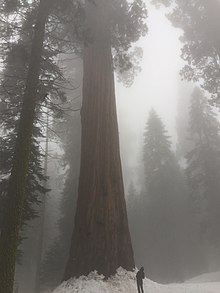
The living crown (this one atop the General Sherman, at center) was once a distant mystery. Scientist Steve Sillett’s new arboreal studies have yielded revelations, including this: These old trees are still growing fast.
It’s not quite the largest tree on Earth. It’s the second largest. Recent research by scientist Steve Sillett of Humboldt State University and his colleagues has confirmed that the President ranks number two among all big trees that have ever been measured—and Sillett’s team has measured quite a few. It doesn’t stand so tall as the tallest of coast redwoods or of Eucalyptus regnans in Australia, but height isn’t everything; it’s far more massive than any coast redwood or eucalypt. Its dead spire, blasted by lightning, rises to 247 feet. Its four great limbs, each as big as a sizable tree, elbow outward from the trunk around halfway up, billowing into a thick crown like a mushroom cloud flattening against the sky. Although its trunk isn’t quite so bulky as that of the largest giant, the General Sherman, its crown is fuller than the Sherman’s. The President holds nearly two billion leaves.
Trees grow tall and wide-crowned as a measure of competition with other trees, racing upward, reaching outward for sunlight and water. And a tree doesn’t stop getting larger—as a terrestrial mammal does, or a bird, their size constrained by gravity—once it’s sexually mature. A tree too is constrained by gravity, but not in the same way as a condor or a giraffe. It doesn’t need to locomote, and it fortifies its structure by continually adding more wood. Given the constant imperative of seeking resources from the sky and the soil, and with sufficient time, a tree can become huge and then keep growing. Giant sequoias are gigantic because they are very, very old.
They are so old because they have survived all the threats that could have killed them. They’re too strong to be knocked over by wind. Their heartwood and bark are infused with tannic acids and other chemicals that protect against fungal rot. Wood-boring beetles hardly faze them. Their thick bark is flame resistant. Ground fires, in fact, are good for sequoia populations, burning away competitors, opening sequoia cones, allowing sequoia seedlings to get started amid the sunlight and nurturing ash. Lightning hurts the big adults but usually doesn’t kill them. So they grow older and bigger across the millennia.
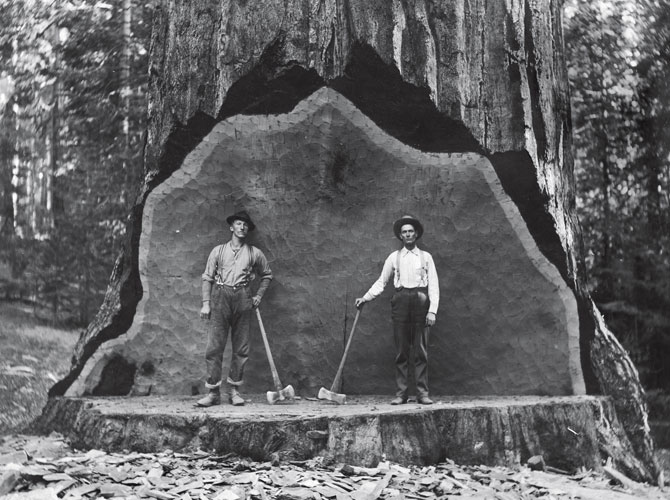
Before it was felled in the early 1900s, this giant in Converse Basin provided a backdrop for hundreds posing for photographs. The difficulties of logging saved giant sequoias in other groves from this fate.
Another factor that can end the lives of big trees, of course, is logging. Many giant sequoias fell to the ax during the late 19th and early 20th centuries. But the wood of the old giants was so brittle that trunks often shattered when they hit the ground, and what remained had little value as lumber. It went into shingles, fence posts, grape stakes, and other scrappy products. Given the difficulties of dealing with logs 20 feet thick, broken or unbroken, the trees were hardly worth cutting. Sequoia National Park was established in 1890, and automobile tourism soon showed that giant sequoias were worth more alive.
One thing to remember about them, as Steve Sillett explained to me during a conversation amid the trees, is that they withstand months of frigid conditions. Their preferred habitat is severely wintry, so they must be strong while frozen. Snow piles up around them; it weights their limbs while the temperature wobbles in the teens. They handle the weight and the cold with aplomb, as they handle so much else. “They’re a snow tree,” he said. “That’s their thing.”
Among the striking discoveries made by Sillett’s team is that even the rate of growth of a big tree, not just its height or total volume, can increase during old age. An elderly monster like the President actually lays down more new wood per year than a robust young tree. It puts that wood around the trunk, which grows wider, and into the limbs and the branches, which grow thicker.
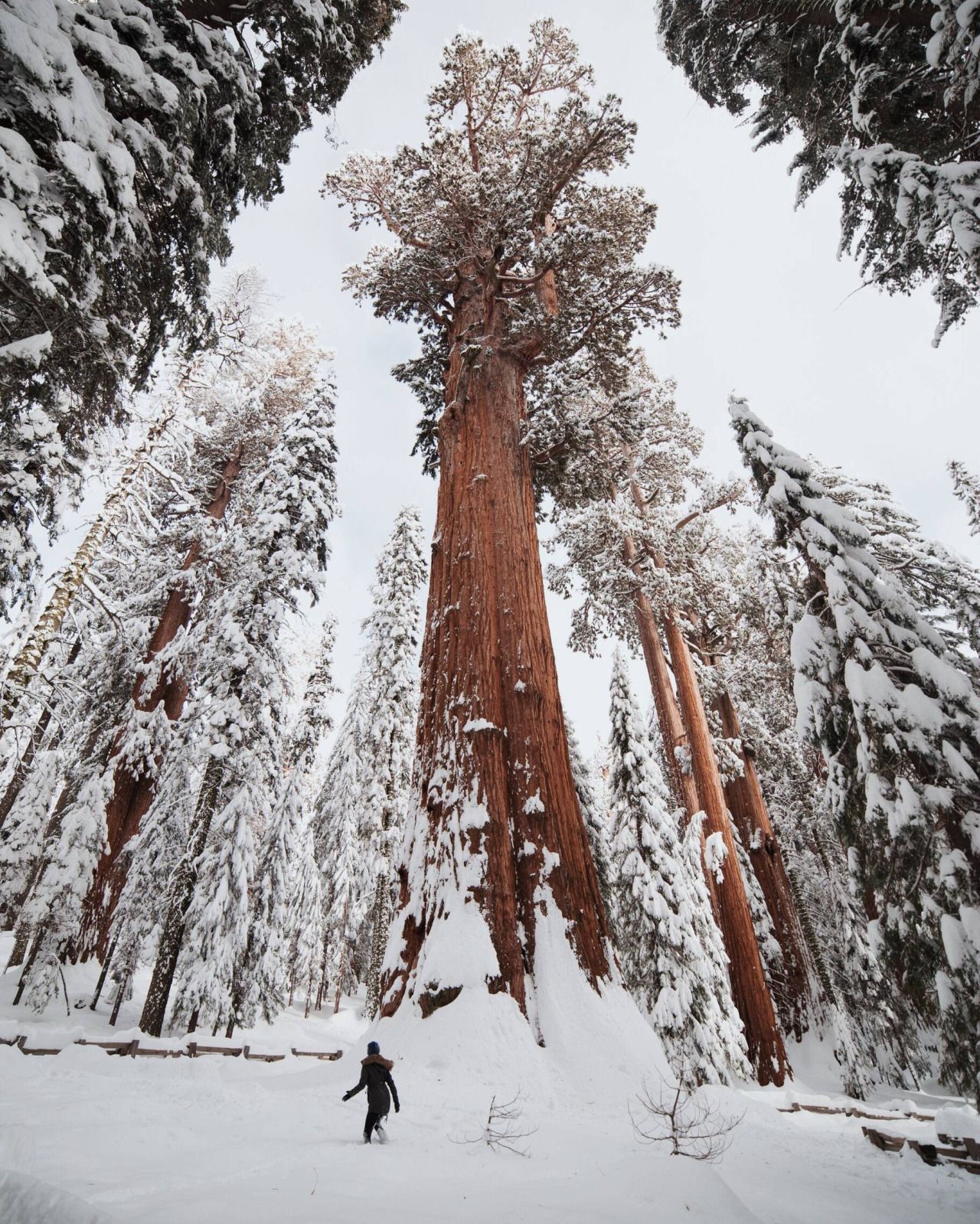
The giant sequoia is a snow tree, Sillett says, adapted for long winters in the Sierra. But it’s a fire tree too. Thick bark protects it from burning in lightning-caused fires, which open cones and clear the understory, allowing saplings to find light and prosper.
This finding contradicts a long-held premise in forest ecology—that wood production decreases during the old age of a tree. That premise, which has justified countless management decisions in favor of short-rotation forestry, may hold true for some kinds of trees in some places, but not for giant sequoias (or other tall species, including coast redwoods). Sillett and his team have disproved it by doing something that earlier forest ecologists didn’t: climbing the big trees—climbing all over them—and measuring them inch by inch.
With blessings and permits from the National Park Service, they performed such high-altitude metrics on the President. This was part of a larger study, a long-term monitoring project on giant sequoias and coast redwoods called the Redwoods and Climate Change Initiative. Sillett’s group put a line over the President’s crown, rigged climbing ropes into position (with special protectors for the tree’s cambium), donned harnesses and helmets, and went up. They measured the trunk at different heights; they measured limbs, branches, and burls; they counted cones; they took core samples using a sterilized borer. Then they fed the numbers through mathematical models informed by additional data from other giant sequoias. That’s how they came to know that the President contains at least 54,000 cubic feet of wood and bark. And that’s how they detected that the old beast, at about the age of 3,200, is still growing quickly. It’s still inhaling great breaths of CO₂ and binding the carbon into cellulose, hemicellulose, and lignin in a growing season interrupted by six months of cold and snow. Not bad for an oldster.
That’s the remarkable thing about them, Sillett told me. “Half the year, they’re not growing aboveground. They’re in the snow.” They grow bigger than their biggest compeer, the coast redwood, even with a shorter growing season.
It was fitting, therefore, that Michael (Nick) Nichols made his portrait of the President in snow. Nick and Jim Campbell Spickler, an expert climber and rigger, came up with a plan. With a crew of assistants and climbers drawn heavily from Steve Sillett’s team, they arrived in mid-February, when the snowbanks along the plowed road were 12 feet high. They rigged ropes on the President and on a tall nearby tree, both for human ascent and for raising cameras. They waited through blue skies, slushy conditions, and fog until the weather changed and the snow came again and the moment was right. They got the shot. (Actually there were many individual shots, assembled as you see on the poster.) By the time I showed up, they were packing to leave.
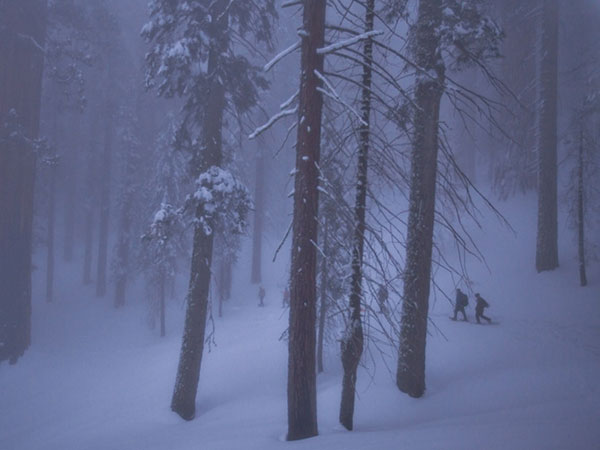
Resolute and anchored in their remote habitat, the giant sequoias withstand the weight of winter snow and many other stresses. They have seen times and trends and peoples come and go; we are merely the latest.
Nick had spent more than two weeks commanding this operation, composing the image and engineering it from the ground. But before the last ropes came down, he wanted to climb the tree himself. Not to take photos, he explained. “Just to say goodbye.” He put on a harness and a helmet, clipped onto a rope, fit his feet into the loops, clutched the ascender, and up he went.
Once Nick was down, I went up myself—slowly, clumsily, with help from Spickler. Ascending, I braced my feet gratefully against the great trunk. I stood for a moment, with Spickler beside me, on one of the huge limbs. After half an hour, I found myself in the crown of the President, 200 feet above the ground. I saw the big burls at close range. I saw the smooth, purplish bark of the smaller branches. All around me was living tree. I looked up, dizzily, noticing small cracks in the deadwood and channels of cambium that flowed between trunk and limbs like a river of life. I thought: What an amazing place. Then I thought: What an amazing creature.
Next afternoon, with Nick and the others gone, I snowshoed back to the President alone. There had been too much to take in, and I wanted another look. For a while I gaped at the tree. It was magnificent. Serene. It didn’t sway in the breeze; too solid to sway. I wondered about its history. I contemplated its durability and its patience. The day was warmish, and as I stood there, the President released a small dollop of melting snow from a high branch. The snow scattered as it fell, dissipating into tiny flecks and crystals, catching the light as they tumbled toward me.

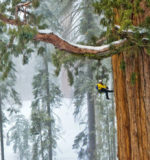

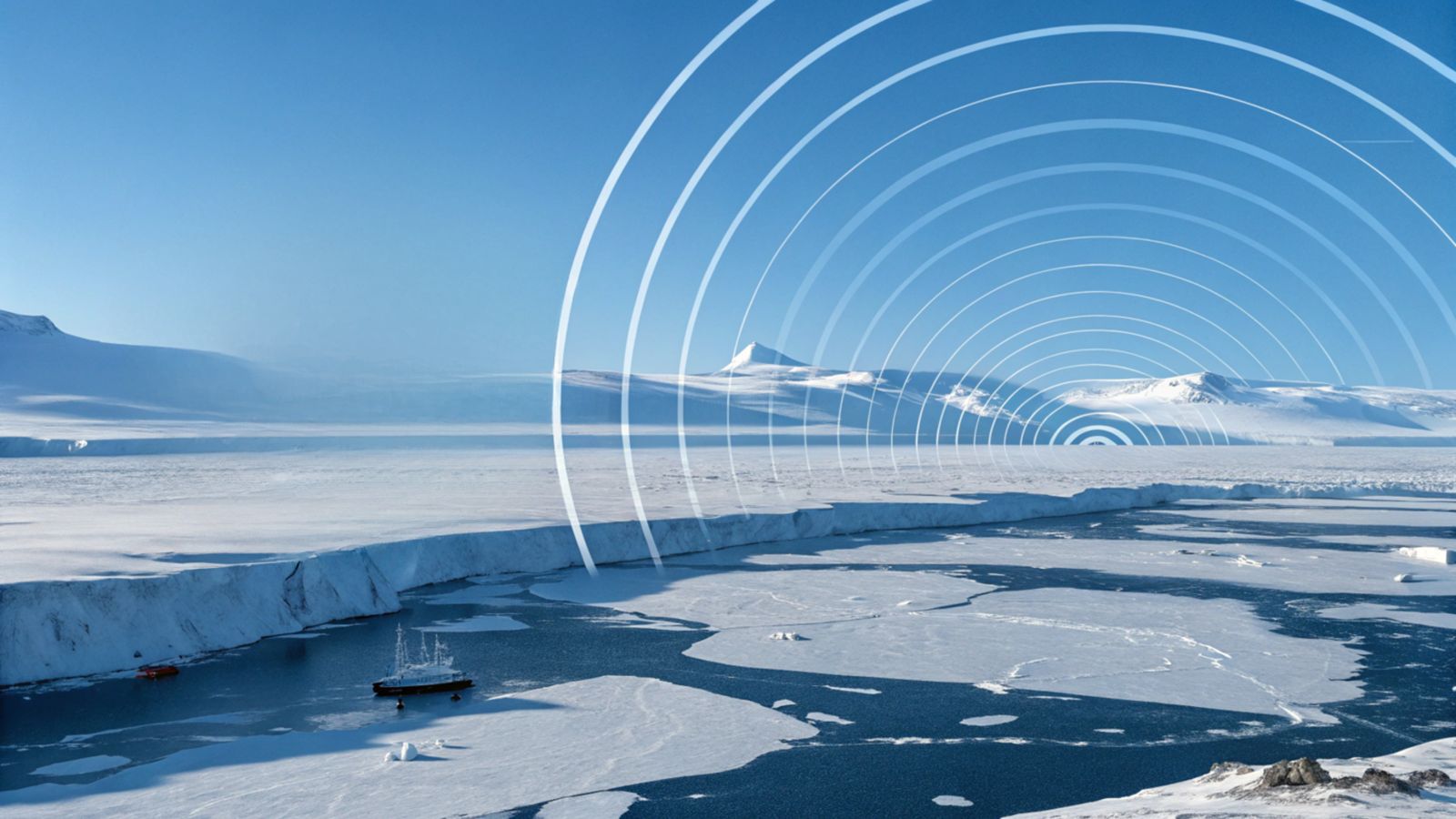
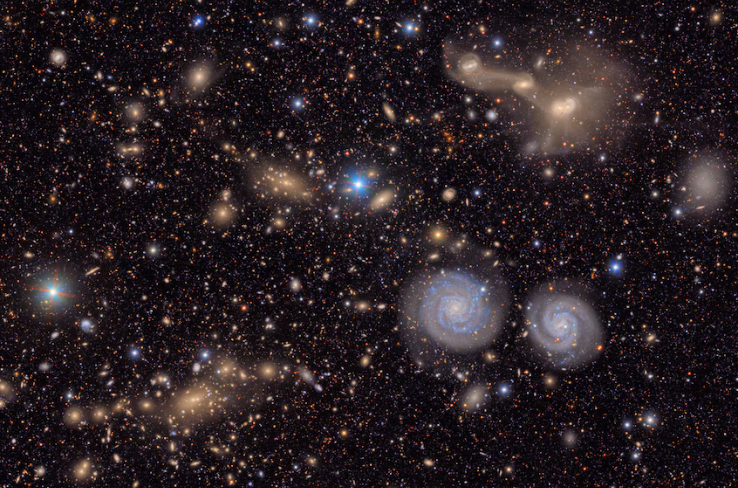
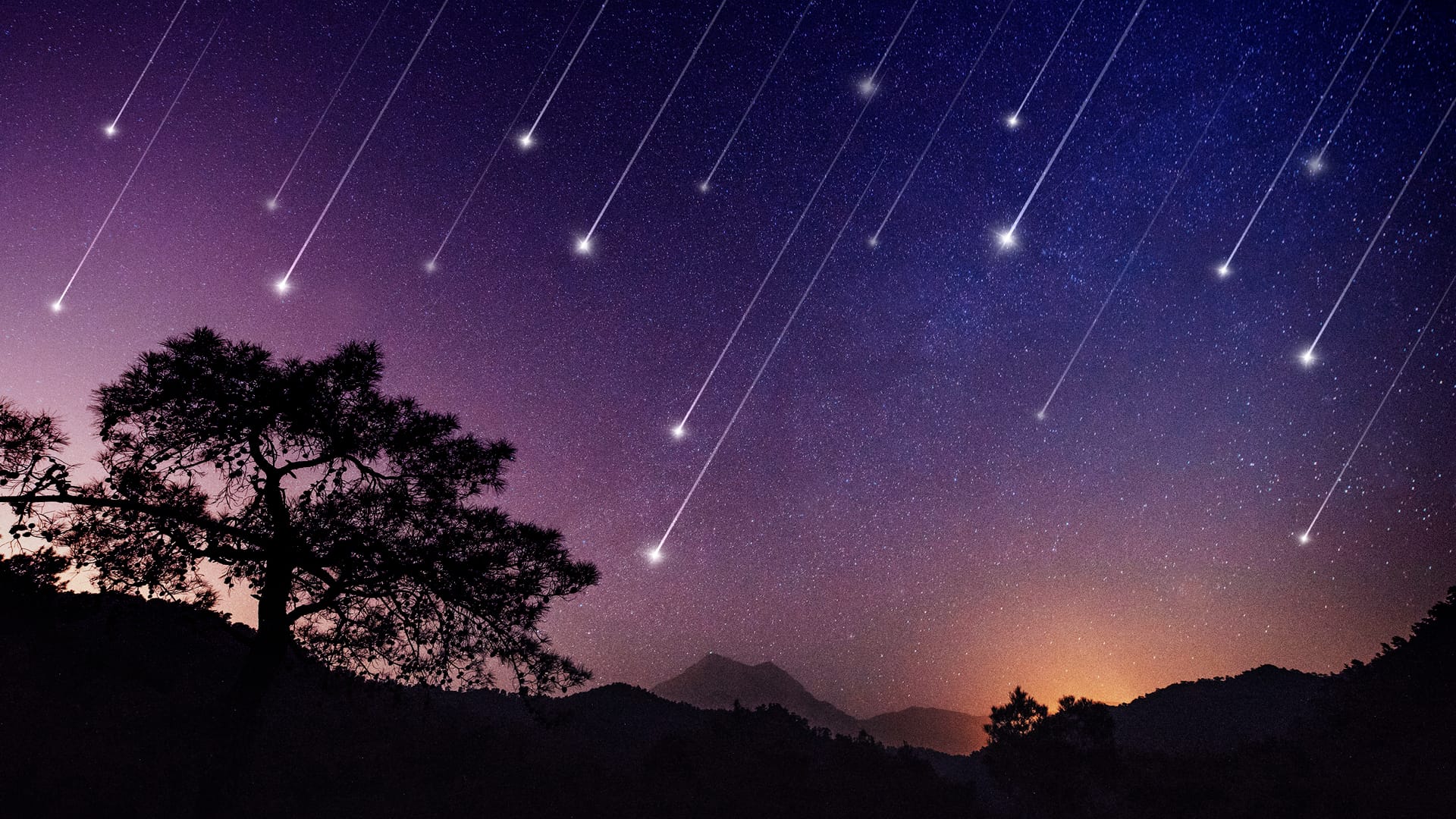
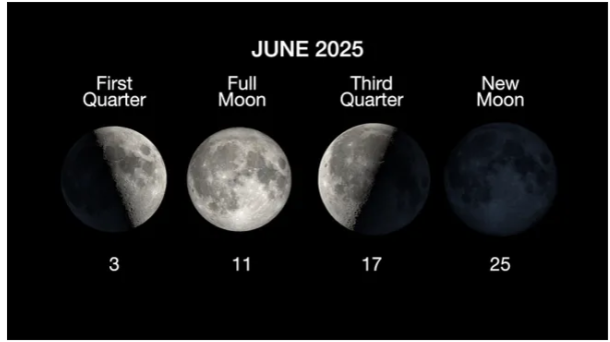
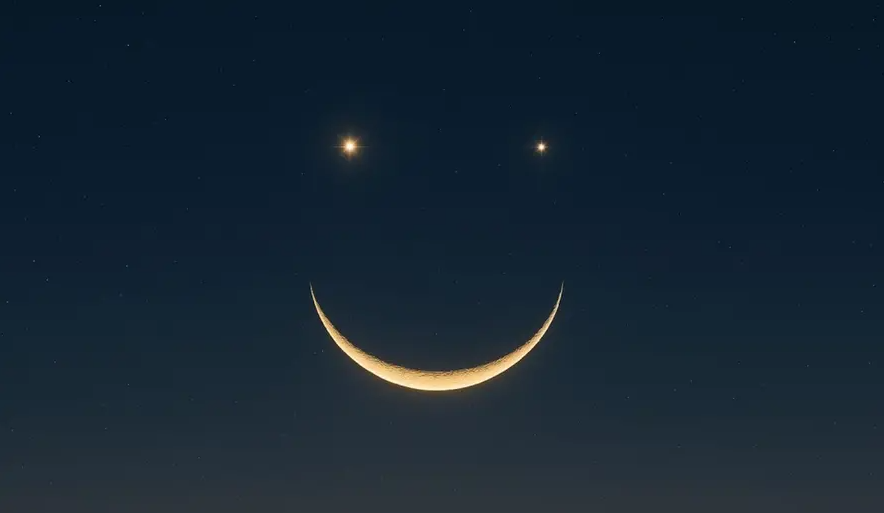
 Photographer Finds Locations Of 1960s Postcards To See How They Look Today, And The Difference Is Unbelievable
Photographer Finds Locations Of 1960s Postcards To See How They Look Today, And The Difference Is Unbelievable  Hij zet 3 IKEA kastjes tegen elkaar aan en maakt dit voor zijn vrouw…Wat een gaaf resultaat!!
Hij zet 3 IKEA kastjes tegen elkaar aan en maakt dit voor zijn vrouw…Wat een gaaf resultaat!!  Scientists Discover 512-Year-Old Shark, Which Would Be The Oldest Living Vertebrate On The Planet
Scientists Discover 512-Year-Old Shark, Which Would Be The Oldest Living Vertebrate On The Planet  Hus til salg er kun 22 kvadratmeter – men vent til du ser det indvendigt
Hus til salg er kun 22 kvadratmeter – men vent til du ser det indvendigt  Superknepet – så blir snuskiga ugnsformen som ny igen!
Superknepet – så blir snuskiga ugnsformen som ny igen!  Meteorite That Recently Fell in Somalia Turns Out to Contain Two Minerals Never Before Seen on Earth
Meteorite That Recently Fell in Somalia Turns Out to Contain Two Minerals Never Before Seen on Earth  Nearly Frozen Waves Captured On Camera By Nantucket Photographer
Nearly Frozen Waves Captured On Camera By Nantucket Photographer  It’s Official: Astronomers Have Discovered another Earth
It’s Official: Astronomers Have Discovered another Earth 
bf4e5g
gjiquy
og43pt